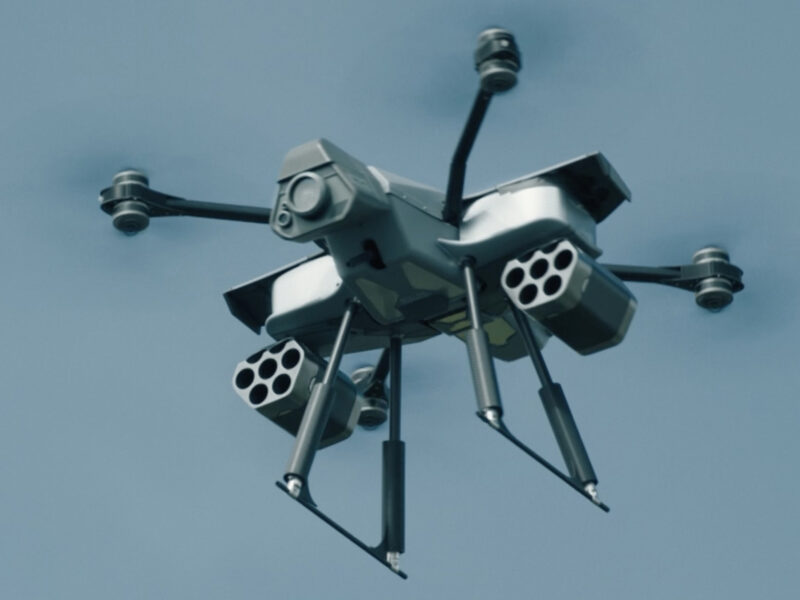
Mclub World – Drones are revolutionizing modern workplaces across various industries. These compact flying machines serve far beyond recreational use—they’re now vital in agriculture, construction, logistics, and emergency response. By gathering aerial data and handling remote inspections, drones help teams work faster and with greater accuracy. In addition, they lower operational costs and minimize worker exposure to hazardous conditions. The rising demand for drone-related tasks has also opened new job opportunities in data analysis, operations, and training. As more companies adopt this technology, they’re witnessing improvements in efficiency and flexibility. What once required days of effort can now be completed in a matter of hours. With these benefits in mind, drones are quickly becoming integral to how we approach productivity, safety, and innovation in everyday work.
“Read More: 10 Top Selling Apple Products in 2024-2025, Apple’s latest Technology Innovation”
Drone systems rely on GPS, onboard sensors, and camera feeds managed through wireless remote controls or automation. They capture real-time visuals, generate 3D maps, and monitor sites with precision. For instance, in farming, drones track crop health and distribute fertilizers efficiently. Meanwhile, construction crews monitor project progress from above. Public safety teams benefit from rapid aerial scans during emergencies. Unlike traditional methods, drone-assisted tasks provide faster results with minimal resource use. Furthermore, the data drones collect can immediately be fed into software for analysis, accelerating decision-making. As prices drop and features improve, businesses of all sizes can access this powerful technology. The flexibility and speed offered by drones allow organizations to adapt quickly—especially in fast-moving industries that rely on constant monitoring and real-time updates.
Automation gives drones the edge in handling time-sensitive, repetitive, or high-volume tasks. Aerial surveys that once took multiple workers an entire day now finish in minutes. Logistics firms can use drones to deliver items to remote or urban areas without navigating ground traffic. In hazardous sites like mines or tall infrastructure, drones conduct inspections while keeping workers safely out of harm’s way. Additionally, drones can follow pre-set flight paths and repeat tasks consistently without fatigue. As a result, companies save both time and money. Scheduled monitoring becomes easier, and long-term planning becomes more accurate. Moreover, the ability to operate outside of regular business hours extends productivity. With automation, drones support sustainable growth by allowing businesses to scale operations without heavily increasing labor costs.
“Read About: Spending Quality Time With Family Amid Busy Schedules”
The drone industry brings fresh career opportunities for people with a variety of skill sets. Companies now seek certified drone pilots, aerial survey analysts, and equipment technicians. Educational institutions and training centers have started offering specialized programs to meet this demand. Beyond flying skills, professionals must understand data interpretation, digital mapping, and equipment maintenance. This opens doors for tech-savvy individuals to enter a rapidly expanding job market. Moreover, media and film industries use drones to capture unique visual content, adding a creative aspect to this field. From real estate to environmental research, drone operators are finding valuable roles. As these careers continue to evolve, individuals who develop both technical and analytical skills will be better prepared for tomorrow’s job landscape.
Drones drastically reduce the risk of injury in high-risk jobs. Tasks such as inspecting rooftops, checking utility poles, or exploring disaster zones no longer require people to be on-site. Instead, drones handle these missions remotely and send back high-resolution images or live video. Emergency services can also use drones to locate missing persons or assess damage after natural disasters. These capabilities protect workers while speeding up response times. Furthermore, industries like oil and gas can perform routine inspections without shutting down operations. Using drones doesn’t eliminate human jobs—it makes them safer and more efficient. Teams on the ground can focus on analysis and decision-making while drones handle the physical data collection. This shift is helping companies build safer, more proactive work environments.
Drone technology is advancing quickly and will play an even greater role in the future of work. In the coming years, we’ll likely see fleets of AI-powered drones coordinating tasks in real time. Sectors such as healthcare, disaster response, and infrastructure will benefit from instant delivery, automated mapping, and predictive monitoring. In addition, drones are becoming more compact, durable, and intelligent. Companies that invest early in training and integration will lead their industries forward. With supportive regulations and improved access to education, more workers can gain the skills needed to thrive in drone-based roles. As work environments evolve, the combination of drone technology and human expertise will drive innovation. This ongoing shift proves that drones aren’t just tools—they’re transformative forces in the way we work.
This website uses cookies.